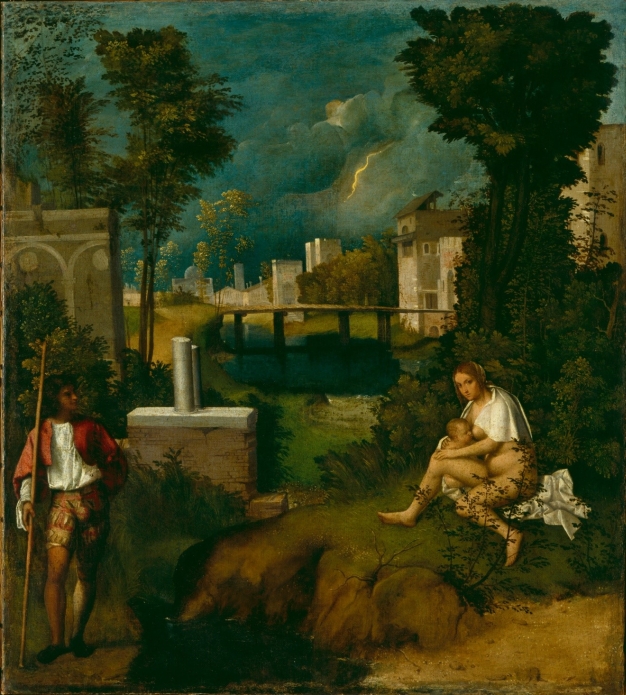Fig.
1 - Ambrogio Lorenzetti, Allegoria ed effetti del Buono e del Cattivo
Governo [Allegory of Good and Bad Government], cycle of frescoes,
Palazzo Pubblico, Siena 1338-39.
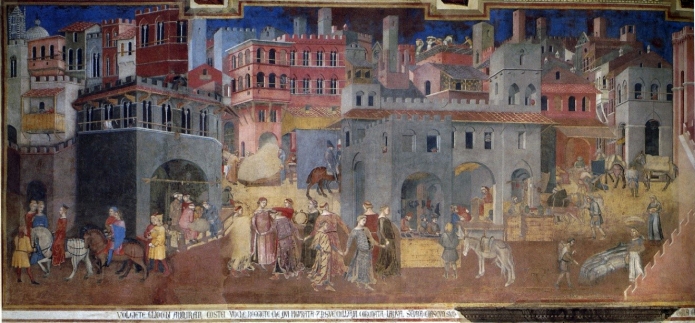

Fig.
2 - Michelangelo Pistoletto, Twenty-two Less Two, performance, Corderie
dell’Arsenale, 53. Biennale d’Arte, Venice,
2009.
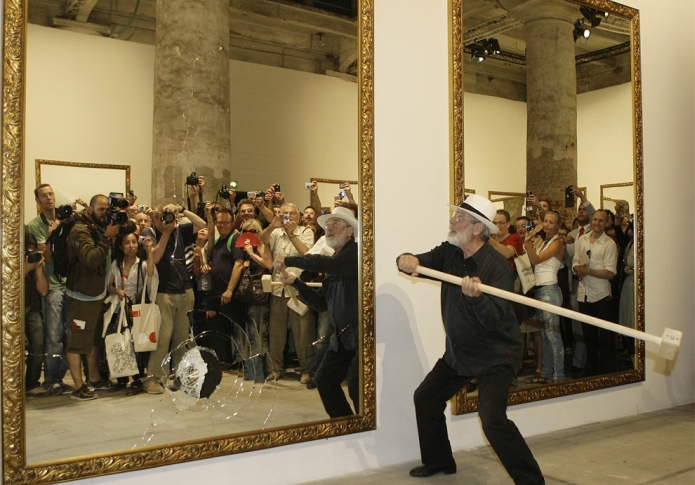
Fig.
3 - Earthquake in Lisbon, Archives of Art and History, Berlin.
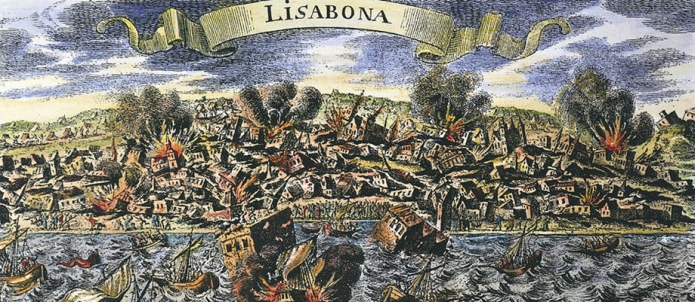
Fig.
4-5 - Thomas More, L'Utopia, 1516. William Morris, News from Nowhere, 1890, Frontispice.
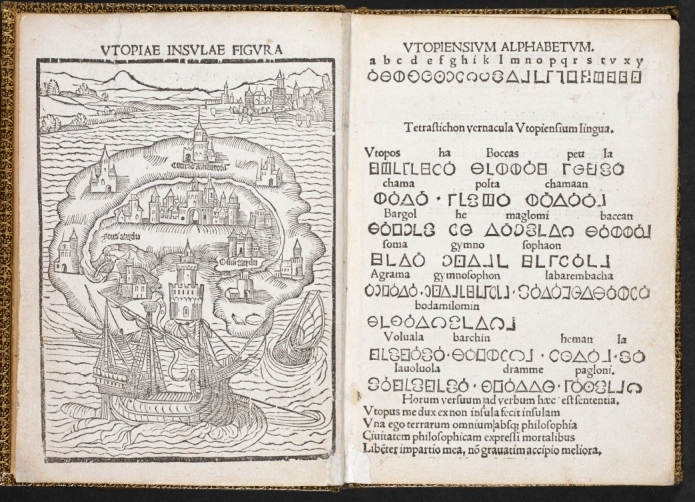
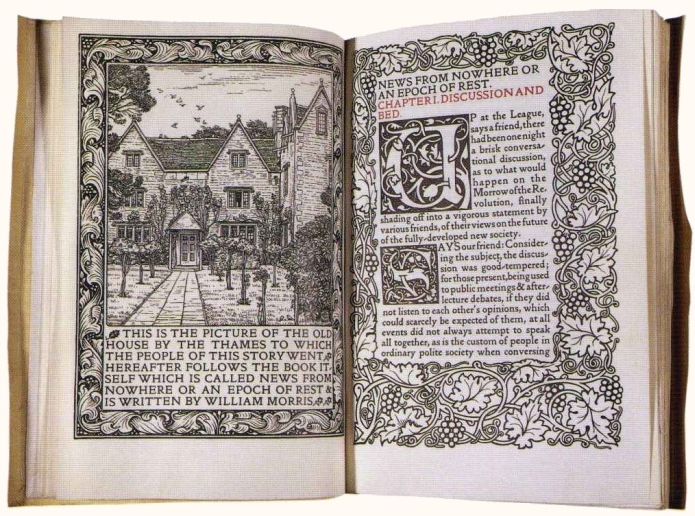
Fig.
6 - Proudhon, Posthumous Portrait, Gustave Courbet. Petit Palais,
Parigi.
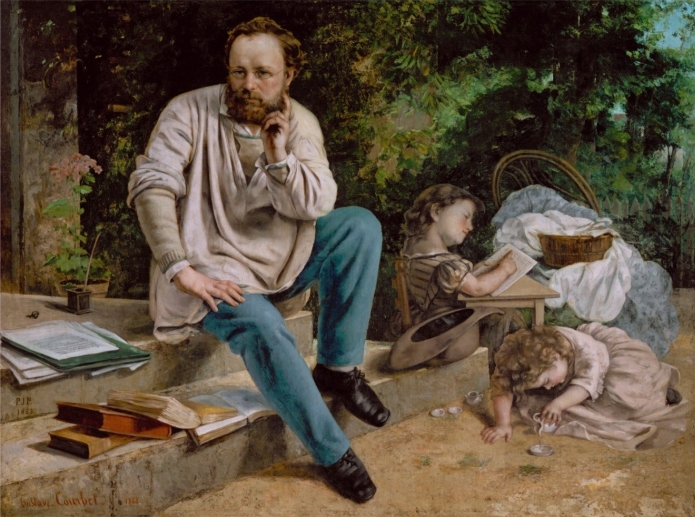
Fig.
7 - Theodor Von Holst, Frankenstein, 1831.
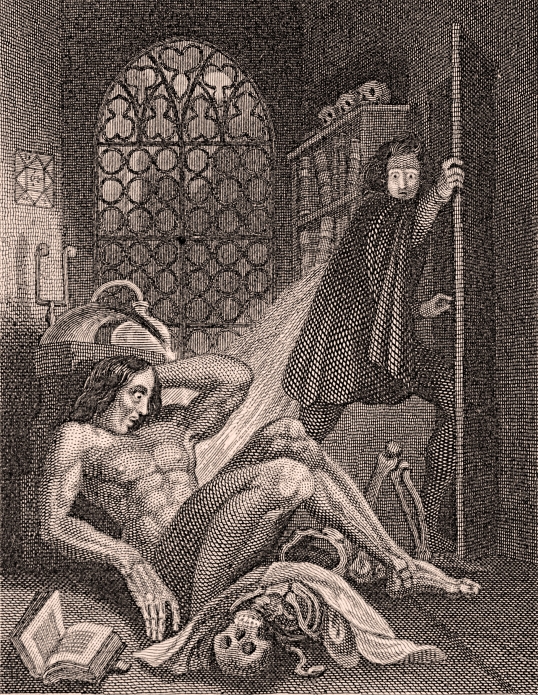
Fig.
8 - Señor de Mayo, Earthquake in Santiago de Chile, 1647.
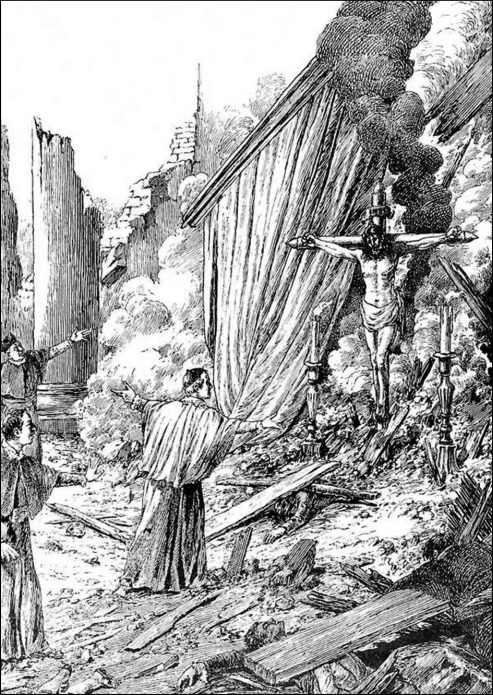
Fig.
9 - Giorgione, La tempesta, 1508. Venice, Gallerie
dell’Accademia.
